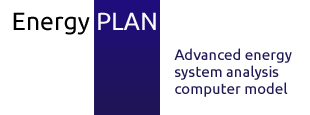The diffusion of Battery Electric Vehicles (BEVs) is projected to influence the electricity grid operation, potentially offering opportunities for load-shifting policies aimed at higher integration of renewable energy technologies in the electricity system. Moreover, the examined literature emphasizes electricity as a relevant driver of BEVs Life Cycle Assessment (LCA) results. To evaluate LCA impacts associated to future BEVs diffusion scenarios in Italy, we adopt the Consequential Life Cycle Assessment (CLCA) methodology. LCA conventionally assumes a proportional relation between environmental impact indicators and the functional unit. However, such relation may not be representative if the electricity system is significantly affected by the large-scale diffusion of BEVs. Our study couples the conventional CLCA methodology with the EnergyPLAN model through three different approaches, which progressively include BEV-specific dynamics, to capture correlations between additional BEVs fleets and the electricity grid operation, that affect the mix of electricity consumed in the use phase by BEVs, in Italy in 2030. We refined the electricity grid model within the existing EnergyPLAN Italian models, overall creating 6 new models (1 historical, 5 projections):
- A 2016 historical model, with information collected by national research institutes;
- A 2030 projection model, according to the indications on the Italian national energy strategy, which are drawn from the “Integrated National Energy and Climate Plan,” which is the latest set of policies submitted to the European Commission in 2019. On top of this, a Business-As-Usual scenario for 2030 BEV penetration in Italy was chosen (the most recent studies at the Italian level outline that the current market trend is projected to lead to a range of 1.8–2 million EVs in 2030). In addition to this, four scenarios with different 2030 BEVs diffusion levels into the Italian passenger car fleet are implemented, with the penetration of BEVs into the Italian passenger car fleet with modelled up to 100% with a stress test, with 4 steps of 25% each.



